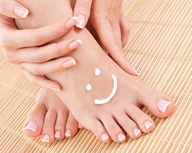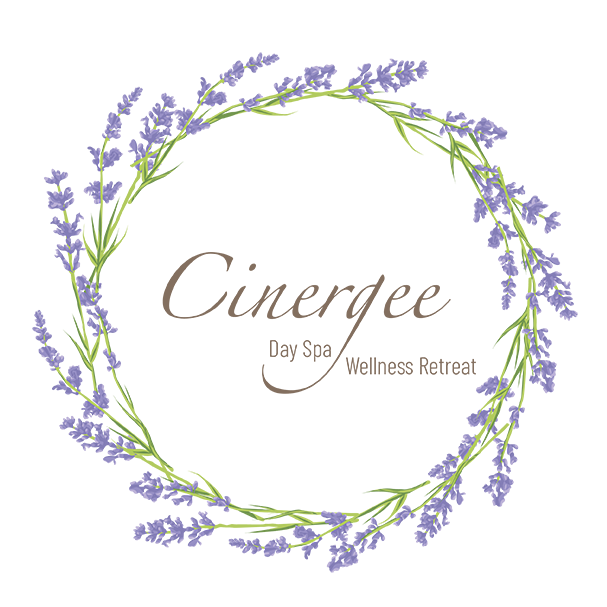 Posted on Mar 25, 2017 by Vivienne Bartle
Posted on Mar 25, 2017 by Vivienne Bartle
We all would love to have wonderful feet that have us “walking on air”……but this is not so for the majority of us!
Good health is imperative and related to the quality of our feet. And good feet start in childhood with good shoes.
1. Incorrect Shoe Size
Podiatrists consider the first year of a child’s life to be the most important stage in the development and growth of the foot. A child’s foot grows significantly during the first year with this determined by hereditary factors and the pressure applied to the foot as it develops and grows.
By the age of 10, most girls have completed 90 percent of foot growth and a boy completes about 80 percent of his foot growth by the time he is 10 years old. Our feet have generally stopped growing for most girls at 14 years of age and for boys when they reach 16 years of age on average.
The function of the foot is to support the body and absorb shock, the structure in the foot shifts, aligns and adapts to different surfaces. The fully grown foot has 26 bones that are part of a complex system of nerves, blood vessels, muscles and ligaments (see diagram below).
A child’s foot is soft and flexible. Abnormal pressure, such as that caused by poorly fitting shoes, can affect the growth of a child’s foot. Tight foot coverings that restrict a child’s movement can affect foot growth (as in the achient Japanese practise). A child who is beginning to walk should do so barefoot to allow for normal foot growth. Proper fitting shoes and socks are important for normal foot growth in children. Children need larger shoes and socks to accommodate new foot growth. The worst thing you can do for your child is giving them handed down shoes and other footwear throughout this growth period and we recommend going to an appropriate shoe shop to have your child’s shoes fitted specifically.

By Own work, Public Domain, https://commons.wikimedia.org/w/index.php?curid=2185203
As a child grows up with ill-fitted shoes, biomechanics are affected contributing to things like headaches and back pain.While it might not seem a huge deal at the time if a pair of shoes feel a smidge too tight they can actually have a number of negative health effects—hammertoe deformities, bunion growth, and consistent foot pain are a given, along with knee, hip and and muscle imbalances leading to muscle fatique and this goes with ill fitting shoes in adult as well.
The solution? Never wear a pair of shoes you haven’t confirmed fitted properly. In theory, this means online shopping for shoes is a dangerous risk—and if they don’t fit when you receive them, you should return them. But more important: doing a really solid measurement of your feet to determine the size you should be wearing is a must. Back in the day, most people had their feet professionally measured on a regular basis. Nowadays, that’s a rarity. But if you have the chance to find an old-fashioned shoe shop that still cares enough to make sure you have the right shoe for your foot – use them (particularly for your children). My Mum was one of those people who managed “Whites Shoe Stores” back in the day and I can remember helping out as a teenager (down on my knees) measuring feet on this steel adjustable measure and helping to put shoes on making sure customers had a proper fit.
2. Thongs (Ok, not the underwear kind, but the shoe kind) – Flip-Flops to Non-Aussies
I spend all summer getting people out of thongs (they are an Australian icon after all). These shoes – and I use that term very loosely, were the worst things ever invented and should not be used for anything other than giving you protection in communal baths and showers. Why are they so bad for your feet?
In one word – they cause PAIN!

When you wear thongs, you use your toes to hang onto them. Doesn’t sound so much a problem, but when we are creatures of habit and go for the easy option of slipping them on and we do this regular enough – it locks the whole body up, right through to the neck and shoulders and down through to the hands! Just try to grip your toes. Do you feel the tension in your feet? And does that tension travel through the leg, if not then you may not be gripping hard enough? Although we don’t normally grip to this extent, we do unconsciously grip and the resulting tension when done on a regular basis does not stop in the legs. And to make things worse – thongs have no support. Absolutely none what-so-ever!
When we are young we can abuse ourselves terribly with our posture, poor shoe choices, continual knocks and bumps that really don’t affect us too much, or so it seems. But everyone of those options have ramifications and they generally don’t show up until we are in our 20’s and 30’s and getting younger all the time. When I started massaging 36 years ago, aches and pains didn’t show up until late 40’s & 50’s. Now I have clients in their teens with problems. Are they all directly related to our feet – no, not always, as diet, hydration, posture, lifestyle and use of technology etc all play their part, but with the particular muscle realignment technique I do, when I go to release the hands through relaxation of the pelvic muscles and that doesn’t relax the tension in the hands enough……then I need to release the feet as well. In almost 100% of the cases over summer I will look down at what the client has walked in with, and it will be thongs (or shoes with no back support).
If you are overweight, in your senior years or have little to no arch in your feet, then thongs allow your ankles to rotate inwards. This changes the centre of gravity and how your knees and hips track, causing pain directly linked to the feet. No amount of external help will make a difference with this. We can relax the muscles and remove the tension and maybe extend the life of your legs, but I have to be honest, you have knee and hip replacements in your future.


Our foot anatomy is amazing and the work we put them through can be punishing (who puts the health of their feet first in todays busy lifestyle) so if you want to make a difference to your outcome, you need to start with good supportive shoes. And this doesn’t mean grandma shoes. There are still a few good companies that make fashionable shoes with great arch support that includes proper foot and heel support. Search them out and although you may pay a little more, they will last you longer than cheap alternatives and will possibly prevent major surgery.
3. Calloused Heels
.jpg)
It’s almost like…..do not get me started on this! Calloused heels are generally a result of wearing open heeled shoes (so sandles, thongs, sling back heels etc), running around with nothing on your feet or wearing shoes too big that do not give you enough support. So in general, in Australia, its our summer shoes. The cracking of the heels come about through pressure. Over summer when we do not wear a full shoe and expose our heels, the weight of our body creates pressure through the feet and the resultant fissures/tears that occur in our heel area occur. The skin is tough, calloused and less flexible. This is less likely to occur when a full shoe is worn because the heel is fully supported and cannot expand to the same extent. If you are wearing exposed heels/no shoes all summer then you are most likely only going to control this through treatments and creams which can help the condition of the skin and keep it relatively soft reducing the tearing and creation of fissures. But come Autumn its time to do something about it! Why?
Cracked heels is directly related to pelvic and sciatic pain!

When the heels first crack and fissures form, they are painful. Subconsciously we very slightly alter our walking pattern to a position of less pain so we become unaware of the trauma our heels are feeling. Over time, particularly if this is a regular occurence we change our gait permanently and this new gait is not always a good thing leading to knee and hip pain. Once knee and hip pain has been established, we unconsciously change our gait again to a new (less painful) position. So not only do we have knee and hip issues – our shoulders are also starting to screem at us. Sometimes this pattern may also exibit pain in the shoulders before we have any awareness of the knees and hips being affected.
At Cinergee, we can’t help with the type of shoes you wear (although we certainly can make suggestions), we can help with the pain you experience and with “re-aligning” the muscles to make you feel better…….and we certainly can help you with those dry cracked troublesome heels. So why not give us a call and give your feel a well earned rest

